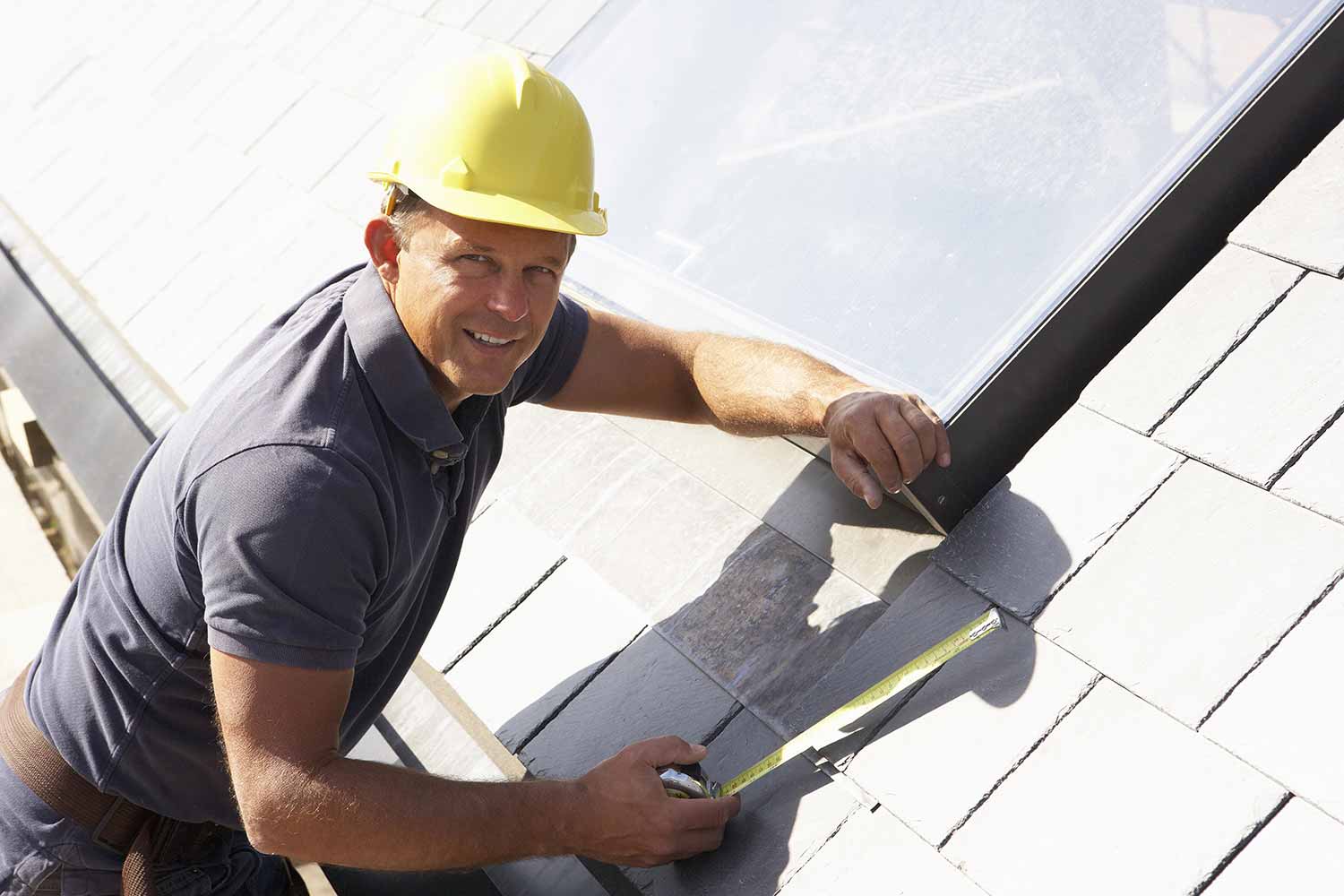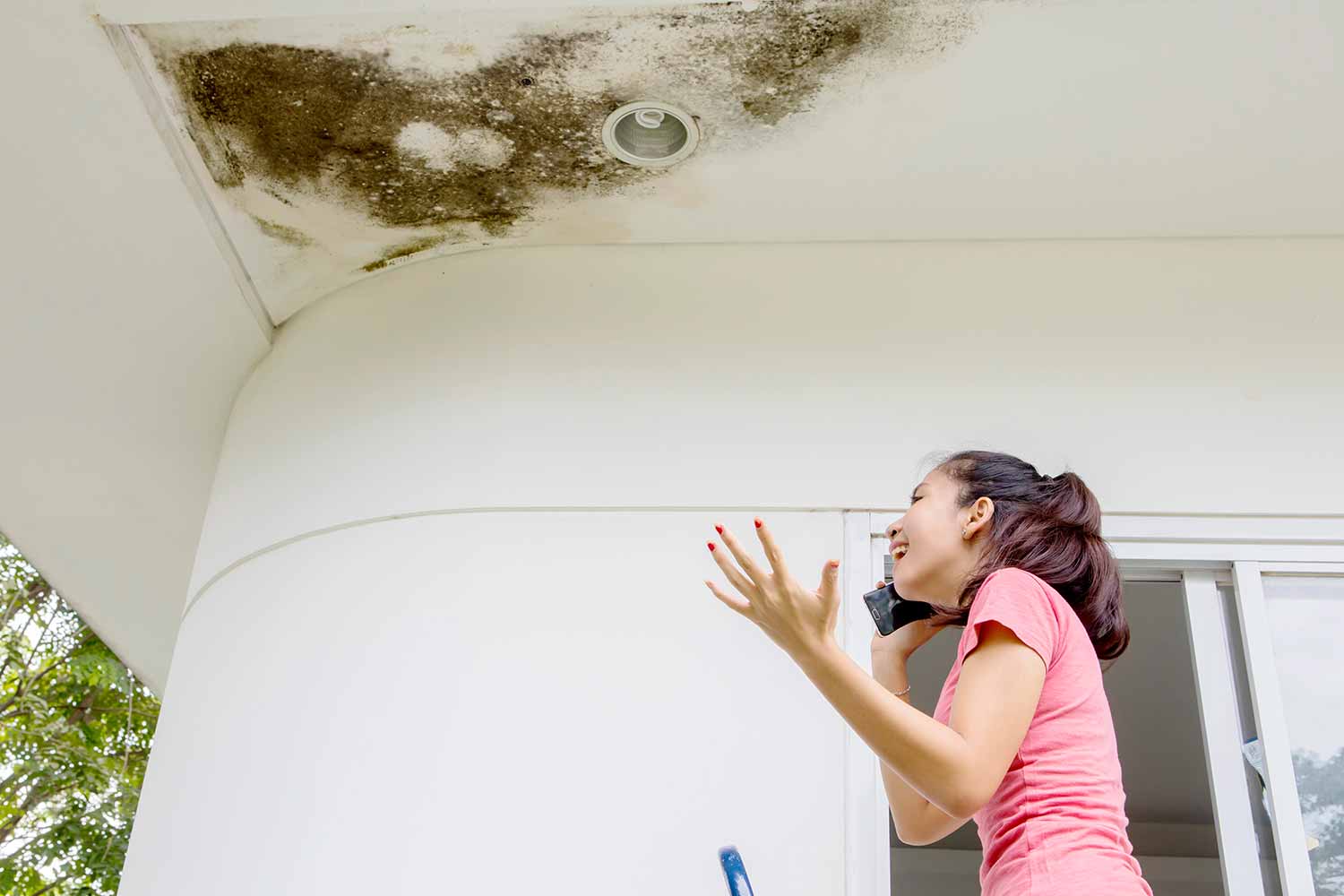Choosing a roofing contractor is not something most homeowners do often. For many people, it…
Moisture Issues in Attics
Last month Calgary experienced a significant cold spell where temperatures dipped below -10C for almost 3 weeks. Cold snaps like this expose moisture issues in attics as the prolonged cold leads to the development of frost. A healthy home in our climate will have limited heat and moisture loss into the attic space. Said heat and moisture should be vented outside with proper intake (via soffit or lower roof intake vents) and exhaust. When there are breakdowns in moisture control, insulation & ventilation the result can be the frost in the Attic. What many Calgarians found last month was that after 3 weeks of deep cold there was significant frost build-up in their Attic, usually on the underside of the roof. When the temperature rose this frost melted rapidly causing attic rain which overwhelmed the insulation, ceiling vapor barrier and drywall.
While inspecting dozens of Attics affected by Attic rain we identified a common culprit. Exhaust vent pipe connections to exterior roof vents. As you can see in the photos below the spillage from these connections can create a significant amount of moisture in the attic that over time can build several inches of frost. So how does this happen? Common causes include vent hoses that are too short, pulled tight, that put strain on the connection to the bath fan and/or roof vent. Or simply using roof exhaust vents that do not have an interior connection which the hose can clamp onto.
IDEAL is now recommending the use of Primex gooseneck vents for bath fans and dryer vents. These vents have a dedicated coupler which the vent hoses/pipes can be clamped onto created a secure connection. By ensuring this connection, coupled with a long enough vent hose with ample slack in the line, we can ensure that all air is properly vented outside of the home and hence reduce this moisture source from the attic space.






